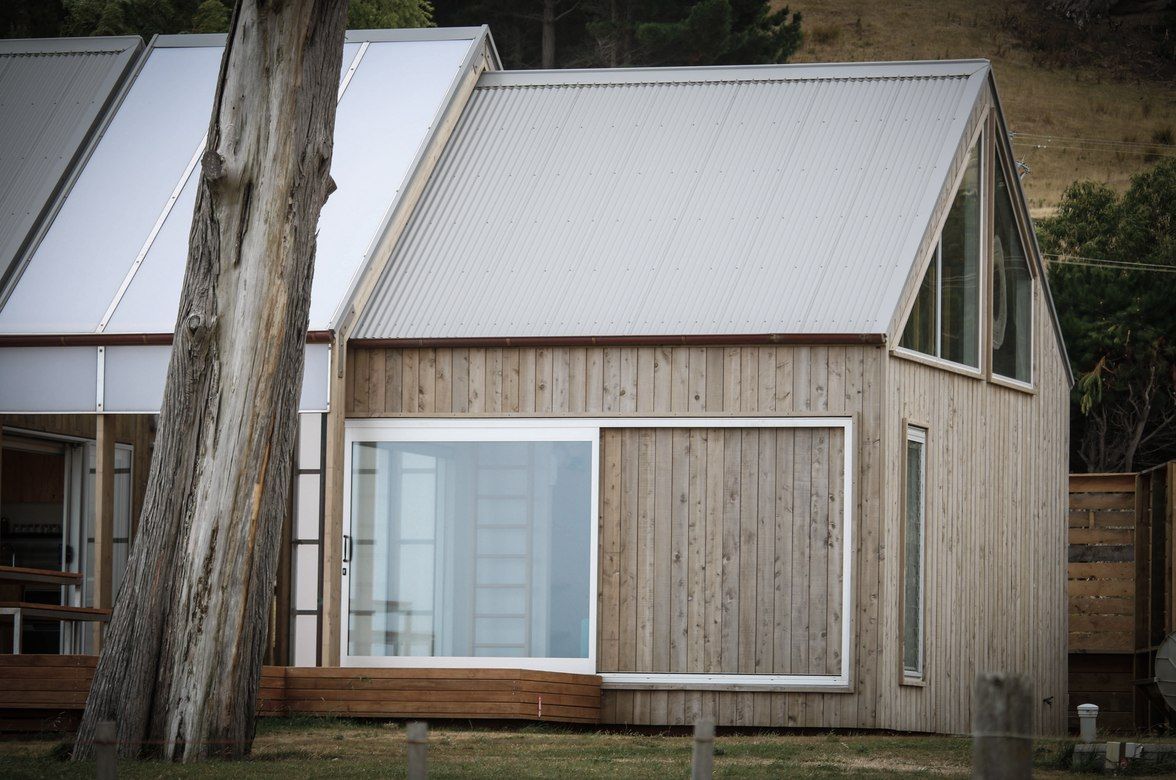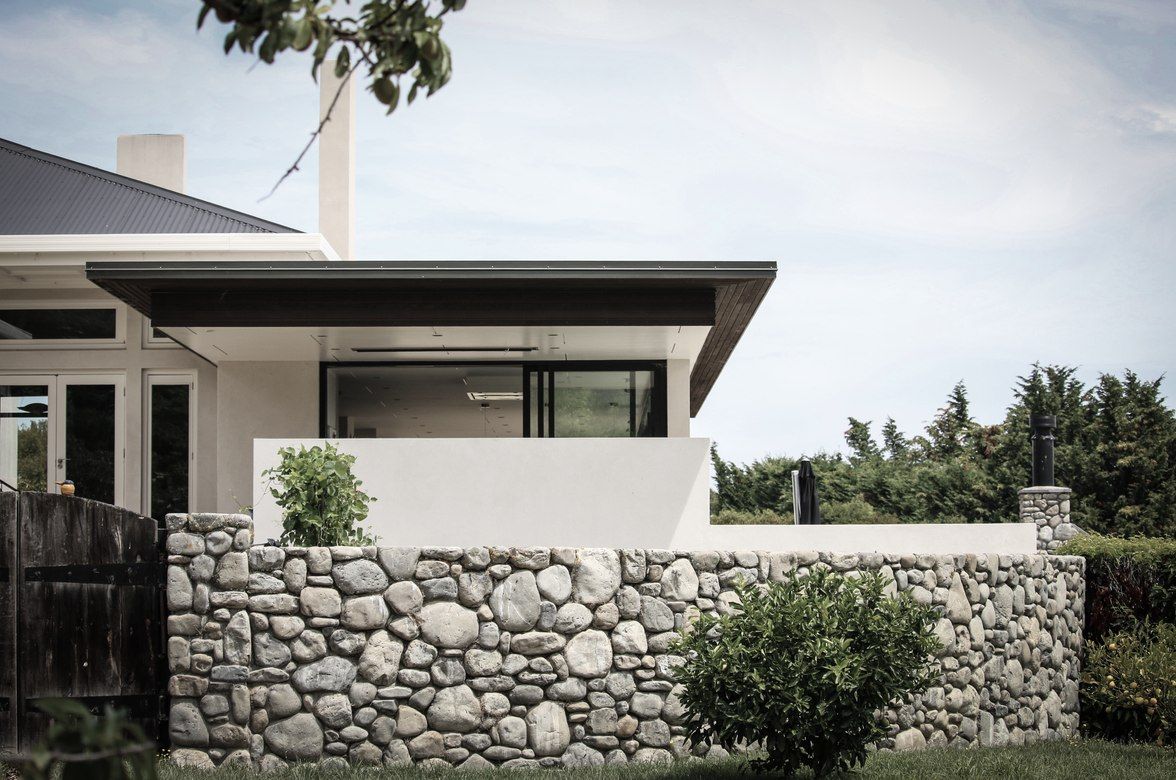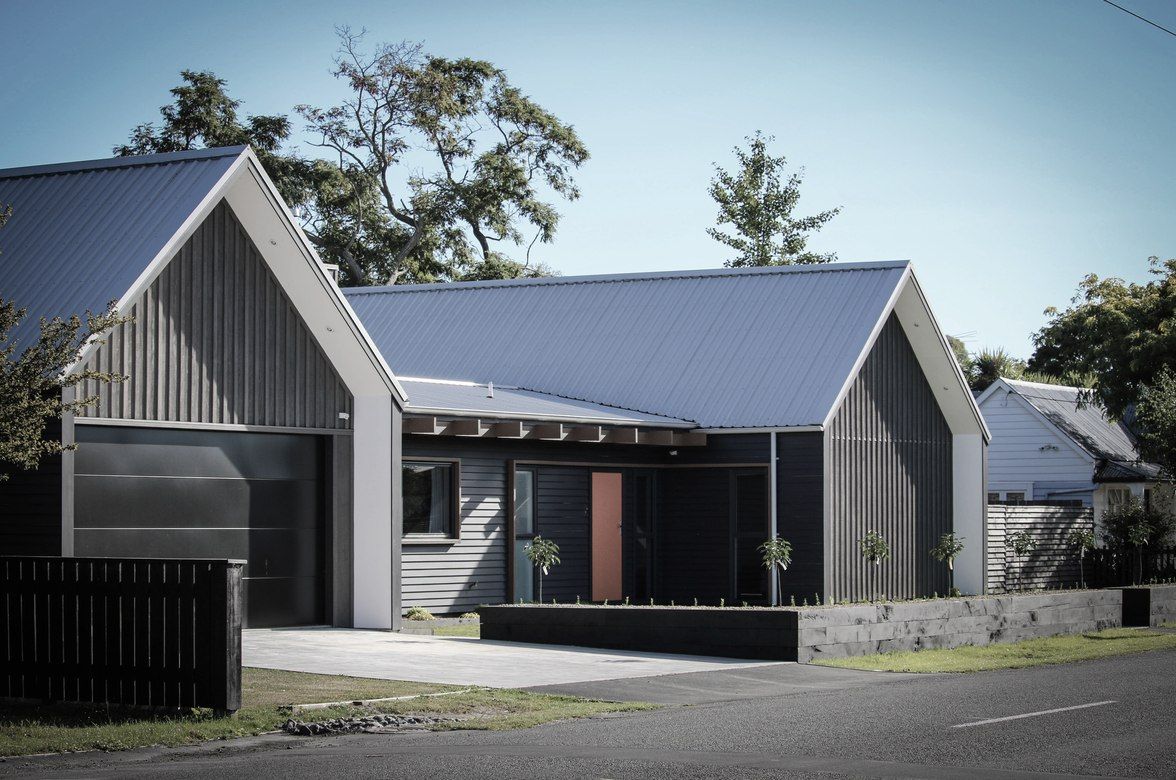Boat Shed
By Holmes Architecture

Set along a sweeping expanse of remote rural coastline, the Boat Shed is a companion building to the existing Herbertville Bach – a previous winner of an ADNZ regional award. The adjacent vacant lot to the west of the existing building was acquired by way of protecting the panoramic views and providing extra utility, however careful consideration of site placement was required to ensure specific view shafts were maintained. In response the Boat Shed was given a generous physical separation from the existing building, which has also allowed both buildings to maintain their own individual architectural identity.
A gable form was proposed in reference to the existing Bach, however the utilitarian function of the building and exposed nature of the site has informed the stripped back detailing and robust metal cladding. While functional and utilitarian, the Boat Shed also does justice to its neighbouring big brother with refined but subtle detailing such as recessed gutters, polycarbonate façade, generous glazing, cedar panelling and well resolved internal layout.
The interior of the sleep-out is an exercise in space efficiency, with a compact but functional kitchen/bathroom/laundry all integrated within a generous living space. The large bi-fold doors open to an expansive view with level deck almost doubling the size of the internal footprint when open. A clever retractable library ladder accesses a generous loft and internal cedar fins provided over the gable clerestory windows moderate thermal gain and privacy.
When observed in context the resulting building forms have a complimentary but distinct architectural relationship and are an almost abstract counterpoint to the existing rural landscape.

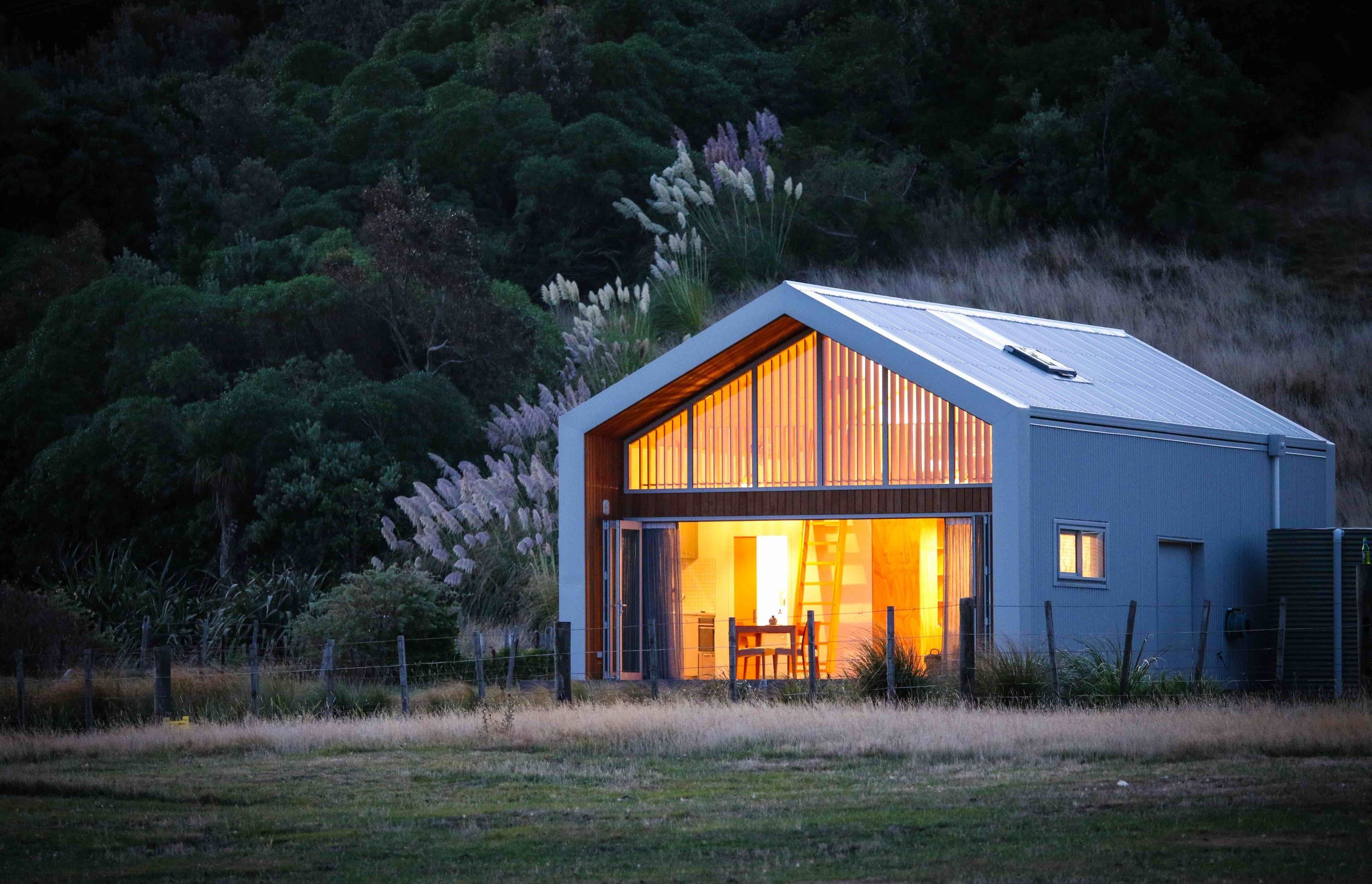

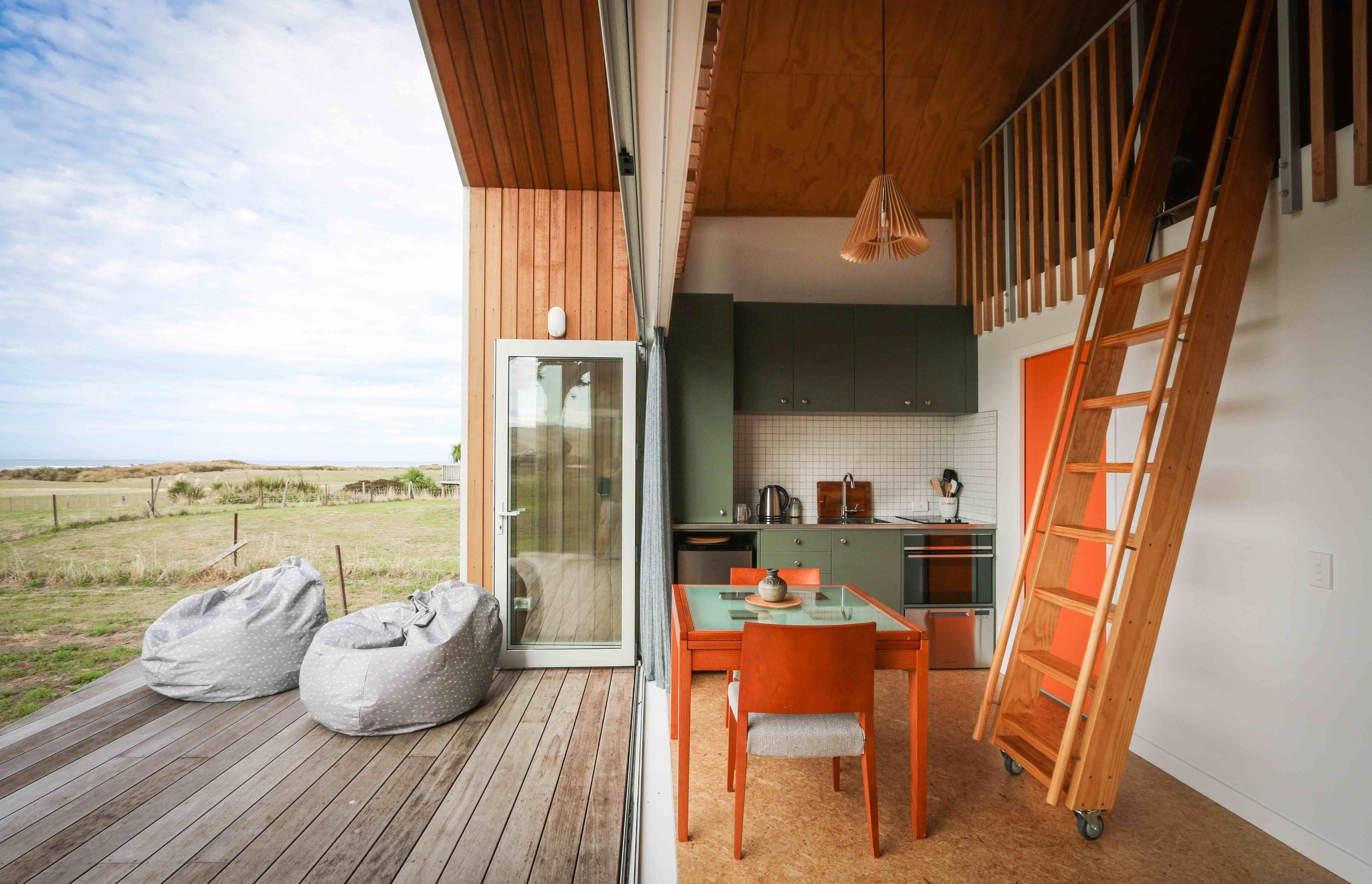
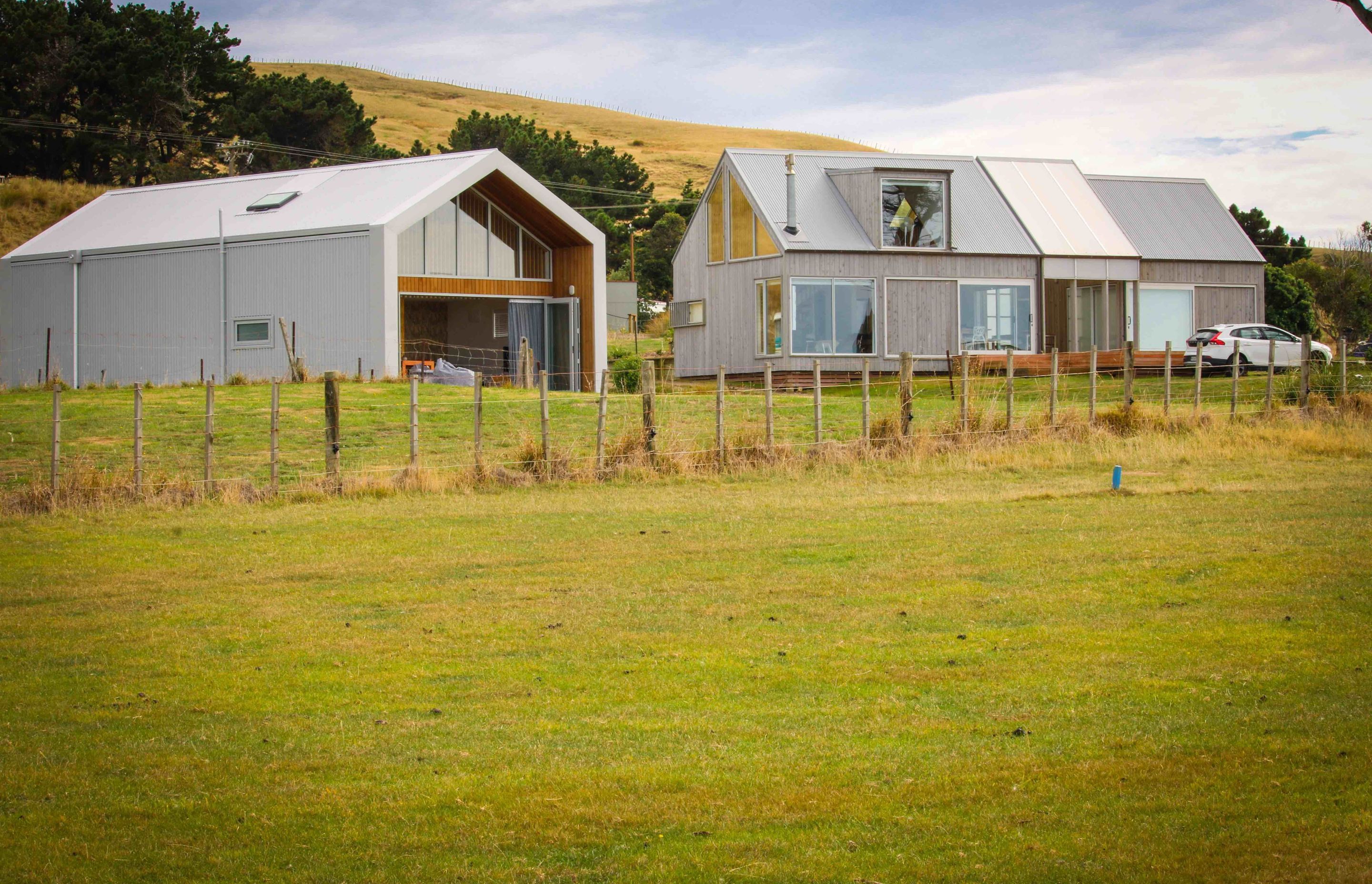
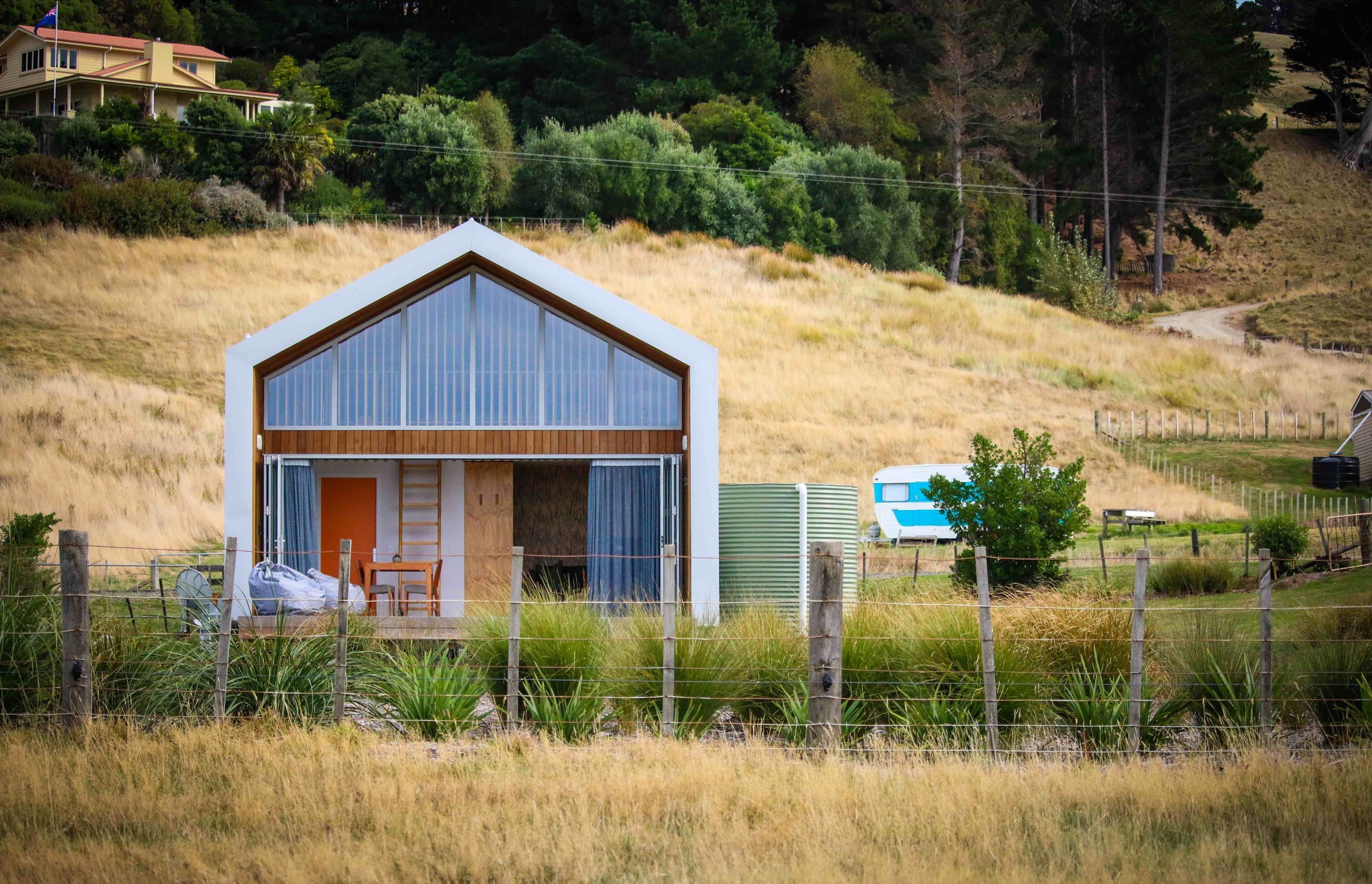
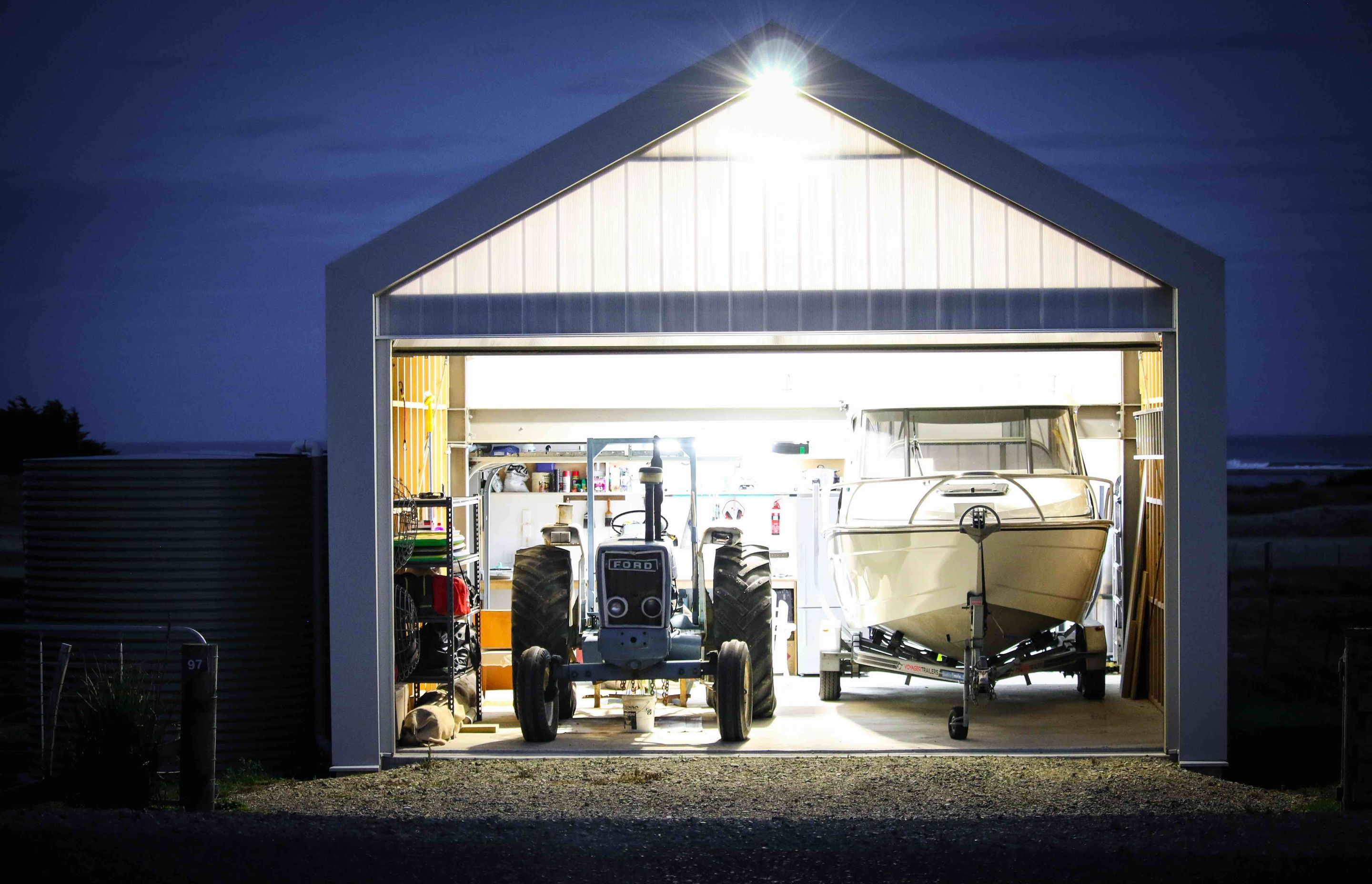
Professionals used in
Boat Shed
More projects from
Holmes Architecture
About the
Professional
- ArchiPro Member since2018
- Follow
- Locations
- More information



